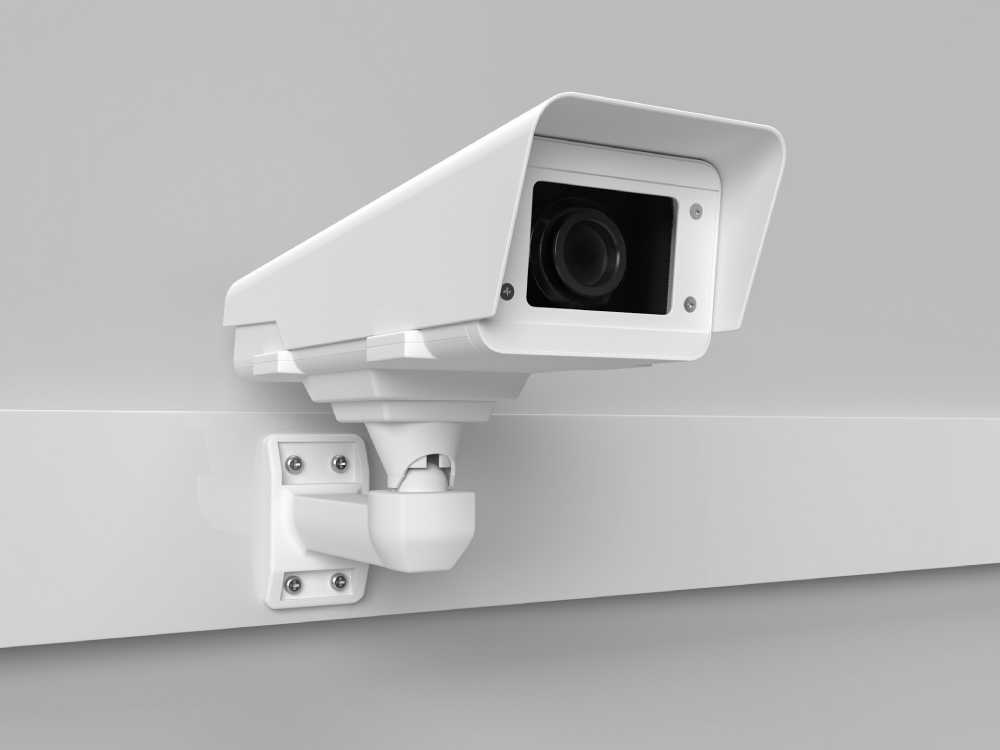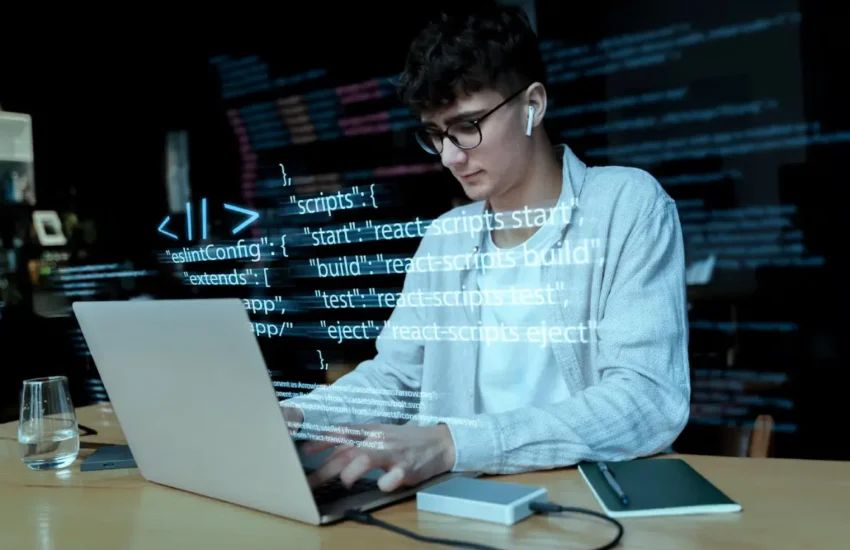
Implementing surveillance technology in educational institutions, including classroom cameras, represents a proactive strategy for ensuring security and safety. There are various technological tools available that offer different levels of surveillance.
These tools can range from primary cameras to complex systems with advanced features like night vision, motion tracking, and even facial recognition capabilities. The primary purpose of these tools is not only to deter potential wrongdoings but also to create a safer learning and teaching environment for everyone involved.
Technological advancements in this area have shifted from merely recording video to analyzing it in real-time, providing school officials with actionable insights. The proliferation of these systems can be attributed to their increasing affordability and ease of use.
Meanwhile, current trends see a move towards integrating video surveillance with other security measures like door access controls and emergency notification systems, creating a comprehensive approach to school safety.
Contents
- 1 Benefits of Surveillance in Educational Institutions
- 2 Navigating Privacy Concerns
- 3 Success Stories of Surveillance in Schools
- 4 Challenges and Criticisms: A Closer Look
- 5 Future Perspectives on School Surveillance
- 6 Global Standards and Best Practices
- 7 Gathering Support: Involving the Community
- 8 Implementing a Surveillance System: Steps and Considerations
Benefits of Surveillance in Educational Institutions
The deployment of surveillance cameras in classrooms serves multifarious roles, chiefly enhancing security protocols. Their presence alone is often enough to deter unlawful activities such as vandalism, bullying, and unauthorized entry, thus contributing to a more secure and respectful school environment.
Immediate action against misdemeanors can be taken when surveillance footage is monitored in real-time, ensuring a robust response to any breach of conduct.
Recorded visuals are of paramount importance when it comes to post-event analysis. Whether it’s a minor altercation between students or a more serious security breach, having a visual account can help authorities and school management to respond effectively, ascertain facts, and make informed decisions. This type of evidence is crucial for maintaining a fair and just school system while serving as a foundation for future preventive measures.
The question of integrating surveillance technology within schools while safeguarding individual privacy remains a significant concern. Privacy regulations must be adhered to, with schools often relying on a structured set of laws such as the FERPA above to guide these systems’ legal and ethical use.
Careful consideration of placement and the scope of surveillance can avoid intrusions into personal privacy while achieving the desired security outcomes.
Ensuring that the entire school community, including students, parents, and staff, understand the rationale behind using cameras is crucial to obtaining their support. It is essential to reassure the community that surveillance is only used for safety and welfare purposes.
Transparent and easily accessible policies should be implemented regarding collecting, storing, and using surveillance footage.
Success Stories of Surveillance in Schools
Many instances have demonstrated the efficacy of well-deployed surveillance systems within the educational sector. Some schools have reported significant decreases in the number of disciplinary cases following the installation of cameras.
Moreover, surveillance cameras have played a critical part in managing crises. Emergency responses during evacuations or lockdowns are greatly facilitated by having a clear view of the entire institution, ensuring student and staff safety.
Schools with exemplary surveillance setups often actively share their success stories and strategies with other institutions. These case studies become invaluable resources for other educators looking to navigate the complexities of implementing such systems in their schools. By doing so, they create an evolving educational resource and support network that crosses district and state boundaries.
Challenges and Criticisms: A Closer Look
Installing an effective and reliable video surveillance system is undoubtedly accompanied by multiple challenges. On the technical front, schools must be prepared to handle the data storage and security requirements of maintaining the video footage. Facing these technical complexities can be daunting on limited budgets, which might not accommodate such extensive infrastructure upgrades.
From an ethical standpoint, the rise in surveillance has sparked debates on its potential to infringe on individual freedoms within the educational setting, a space traditionally associated with openness and collaborative learning. Questions arise on how these systems affect the psyche of those under constant observation.
Moreover, objectively quantifying the benefits is challenging because, often, the very presence of surveillance influences behaviors, thereby preventing actions that might otherwise necessitate recording.
Future Perspectives on School Surveillance
As we look toward future trends in school surveillance, we anticipate the integration of more sophisticated technologies such as biometrics and artificial intelligence.
Both promise enhanced threat identification and behavioral analysis capabilities, providing schools with powerful preemptive tools against violations and ensuring heightened security preparedness.
Nevertheless, the core success of surveillance initiatives lies not just in the deployment of technology but also in the thorough and continuous training of the school community. Committed investment in educational programs that inform students and staff about security measures can breed familiarity and cooperation in these endeavors.
Global Standards and Best Practices
The global discourse on school surveillance provides many strategies for ensuring that educational facilities remain safe havens for learning. Following international standards and emulating best practices from successful global models helps schools calibrate their approach to surveillance.
Collaborative efforts with local law enforcement, security experts, and psychological professionals craft policies that put the well-being of the school community at the forefront.
Gathering Support: Involving the Community
The infrastructure necessary for a state-of-the-art surveillance system carries a significant price tag. To this end, the role of community engagement cannot be overstated. Fundraising events and education-specific grants present viable avenues for financial support.
Regular community meetings serve as platforms for transparent dialogue, consensus, and understanding of surveillance initiatives.
Engaging students in safety efforts, perhaps through volunteer security teams or peer-led education programs, is another way to cultivate a community-wide safety culture. These inclusive approaches supplement the surveillance system and strengthen the bonds between students, parents, and school staff.
Implementing a Surveillance System: Steps and Considerations
A careful, strategic approach is required to implement a surveillance system in any school environment successfully.
A comprehensive assessment of potential risks and specific school needs should be undertaken to ascertain the appropriate surveillance setup. Selection of trustworthy equipment and service providers follows, with considerations for future scalability and adaptability as norms and technologies evolve.
Beyond installation, consistent maintenance, periodic reviews, and system upgrades are essential to retain the effectiveness of the surveillance infrastructure. Continuous engagement with new security developments ensures educational institutions can swiftly adapt to new challenges and technologies.



Leave a Reply
You must be logged in to post a comment.